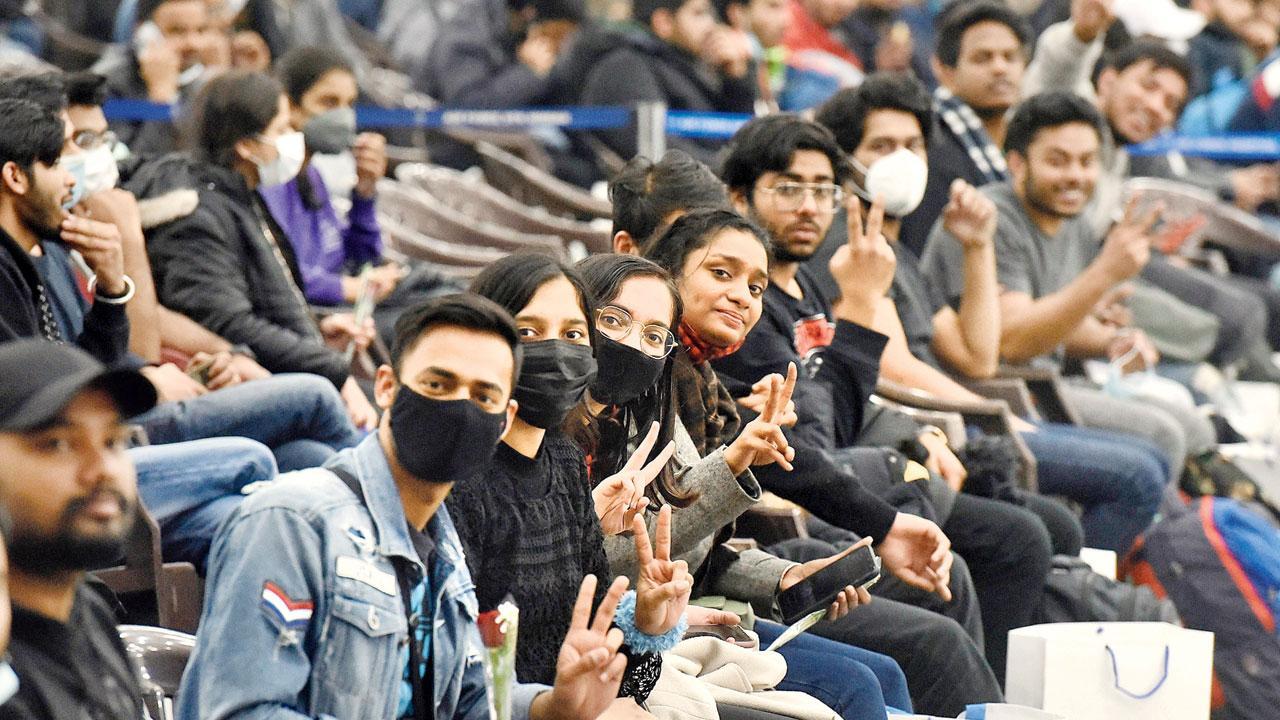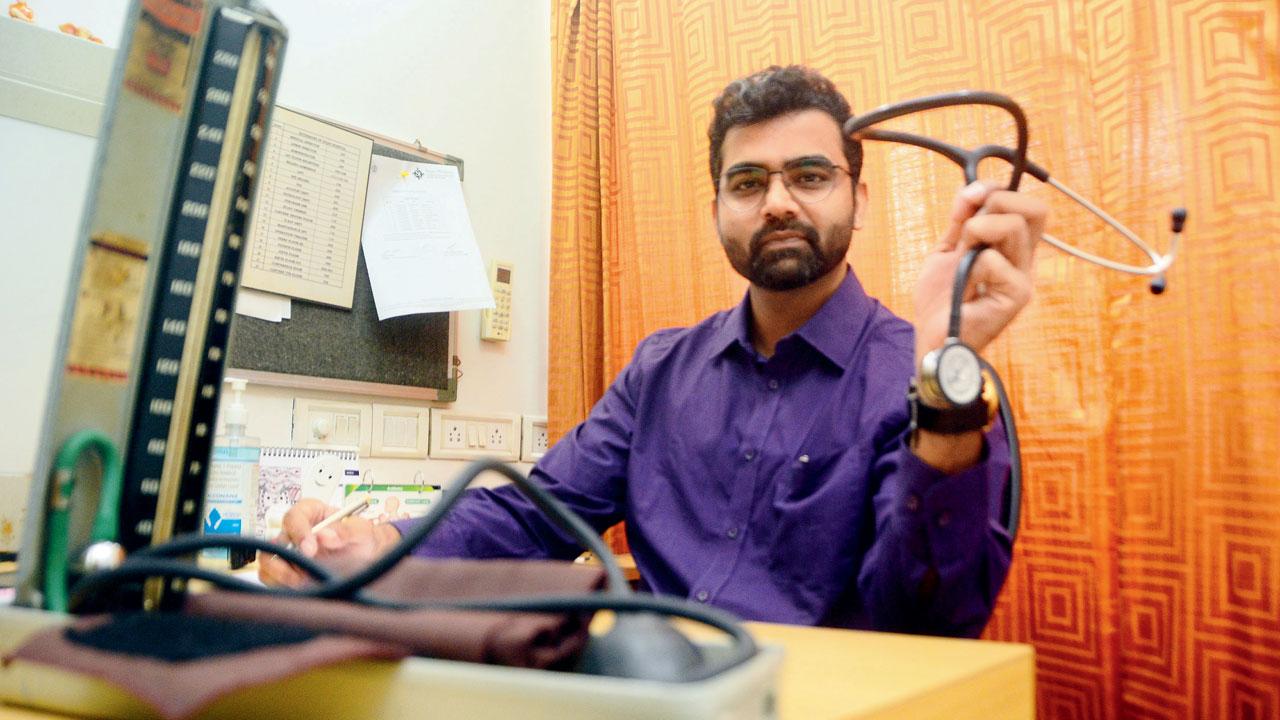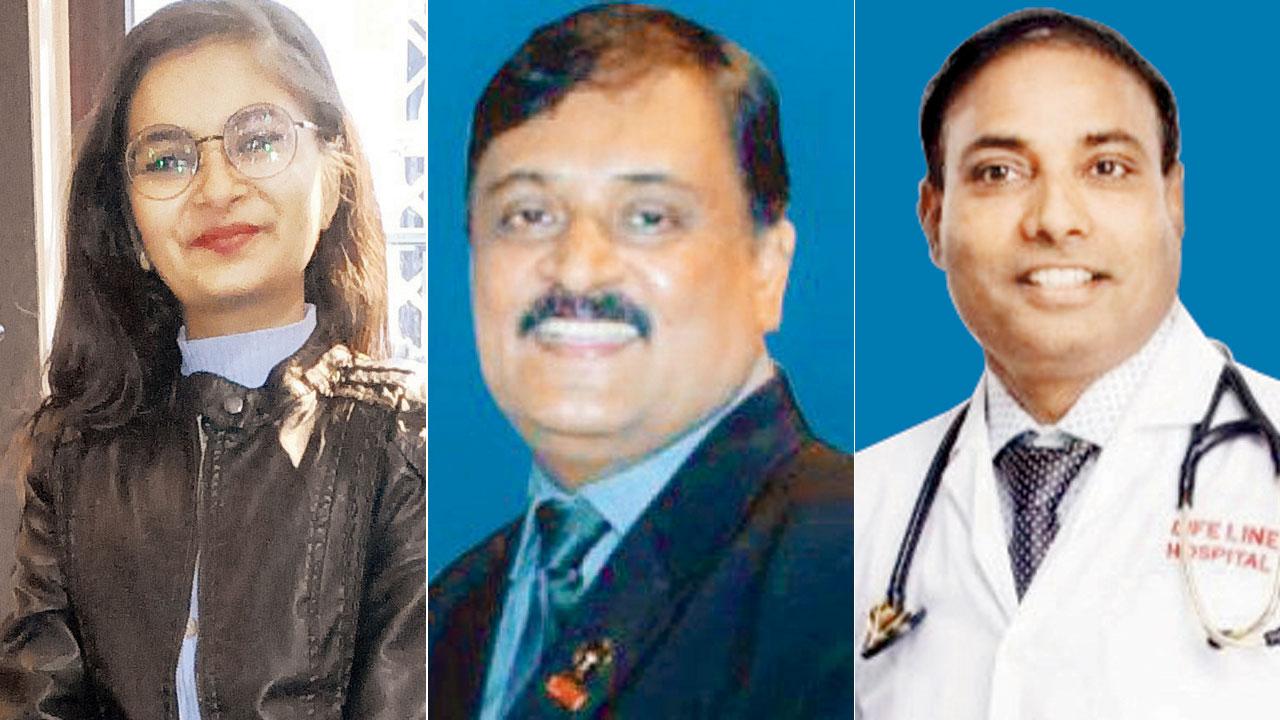Affordable tuition fees and a system that allows even a low ranking student to fulfil the medical dream is what lured thousands of Indian students to the Eastern European country

Pic/Getty Images
Caption: An Indian Air force (IAF) aircraft brings back a batch of 200 stranded Indian students from Ukraine to New Delhi. The Indian government started Operation Ganga, a rescue operation to evacuate Indian nationals, mostly students from conflict-torn Ukraine in the midst of a war with Russia, through neighbouring countries.
ADVERTISEMENT
We sent her to Ukraine for two reasons—it cost us less, and the NEET score didn’t matter,” says Ashok Patel. His daughter Pooja, 19, is a student at Bukovinian State Medical University in Chernivtsi, Ukraine. Pooja is among the lucky few who have managed to return to India in the last few days, after Russia declared war against Ukraine 10 days ago.
Indian students in Ukraine have been trickling back into the country on evacuation flights since last week. Some are still fighting their way through Ukrainian borders to neighbouring Poland and Hungary.
 Dr Amit Gawande came back from Russia in 2009, and is working as a pulmonologist at Sujay Hospital. Pic/Sameer Markande
Dr Amit Gawande came back from Russia in 2009, and is working as a pulmonologist at Sujay Hospital. Pic/Sameer Markande
Patel, who works at a cooperative bank in Surat, says he could afford to pay R30 lakh to fund his daughter’s education, a sum that would cover her for six years. “This included everything from tuition fee, to stay, flights, and food,” he says.
Pooja, who wants to be a cardiac surgeon, had got a National Eligibility Cum Entrance Test (NEET) rank of 260. According to data shared by the health ministry in the Lok Sabha in December 2021, there are 88,120 Bachelor of Medicine, Bachelor of Surgery (MBBS) seats and 27,498 Bachelors of Dental Surgery (BDS) seats available in India. In comparison, 16 lakh students had registered for NEET last year to secure admission to undergraduate medical and dental programmes across the country. In 2020, the figure stood at 13 lakh.
 Pooja Patel, Professor HL Dhusia and Dr Santosh Kadam
Pooja Patel, Professor HL Dhusia and Dr Santosh Kadam
Because of her score, Pooja didn’t manage to secure admission at a government college in India. Dr Nirbhay Chandarana, an MD physician, who studied in Ukraine from 2011 to 2017, made her medical dreams possible. Dr Chandarana now runs The MD House in Ahmedabad, which helps students get into the Bukovinian State Medical University. “The problem is that India has less seats, and more students. In Ukraine, I was a gold medalist in my college,” he says. He adds that since there weren’t any official representatives to facilitate admissions for medical students to Ukrainian universities, he decided to take on the task.
According to the Education and Science Ministry of Ukraine, there were 18,095 Indians studying in Ukrainian universities in 2020, accounting for roughly 24 per cent of the foreign students in that country. Those who acquire a medical degree from outside India, need to pass the Foreign Medical Graduates Examination (FMGE) to practice as doctors in this country.
Union Parliamentary Affairs Minister Pralhad Joshi last week said that “about 90 per cent of Indians who study medicine abroad fail to clear qualifying exams in India”, but also added that it was not the “right time to debate why students are moving out to study medicine”.
Dr Amit Gawande, a Mumbai-based pulmonologist at Sujay Hospital, who studied in Russia and returned in 2009, says that the only reason students are leaving the country is because there are too many aspirants and too few seats. “It’s not just Ukraine... it’s why students go anywhere else in the world, including Russia and China. I got a good rank, but I was getting admission only in far flung places like Wardha and Solapur, and I didn’t want to leave the city.”
Gawande adds that the FMGE exam, which is necessary to practise in India, is tough, and can deter students from going abroad. “Many have had to take the exam six to seven times before they get through. Several of them have also given up.” Sumaiya Sayed, who was a resident of Nagpada, secured admiration in a Russian university to study medicine because she wanted to be a surgeon. “In my hostel, two whole floors were occupied by Indians,” she says. Her initial plan was to go to Australia, but that would have cost her 20,000 Australian dollars (around R11 lakh), compared to R10 lakh for six years in Russia. Today, Sayed is a practising gynaecologist in Sydney.
It’s the cost of education then which emerges as the second most pressing reason why middle class students are choosing Eastern European countries. Pallavi Patil Deharkar, head of operations at SREC Overseas Education Consultants in Bandra, says that children who have a rank of more than 300 in NEET don’t manage to get admission in government colleges, which are cheaper. They then approach private colleges, which in India, charge anything upwards of R35 lakh and donations could run into crores. “It’s impossible for a middle or lower middle class student to dream of pursuing medicine.”
Deharkar says that since these universities also teach English, Indians, especially those who come from smaller towns, and who are not proficient with the language, are more than happy to shift. SREC is 26 years old, and Deharkar says that the trend of students moving to medical universities abroad picked up in 2013, when the common entrance exam NEET was introduced.
HL Dhusia, who is professor emeritus at Lokmanya Tilak Municipal Medical College, Sion, feels that NEET is also complicated. “We should go back to the old system where each college had its own test and merit list.”
Dr Santosh Kadam is part of the Indian Medical Association and runs Lifeline Hospital in Thane. He says that students who leave India know that no matter how low their NEET score, they’ll still have a fighting chance to pursue medicine. “In India, especially in the rural and non-metro areas, one is considered successful if they become a doctor or engineer. There is a lot of parental pressure on young students too.” While there is an urgent need to expand the medical college infrastructure in India—both public and private—need to meet the growing demand for medical career aspirants, and in turn bolster quality healthcare to service a population of 1.2 billion. Even if there are colleges, they lack skilled teaching staff. Poor salaries means that the lowest talent makes it to the faculty of medical colleges. Worse, they are selected basis their degrees and not clinical experience. Dr Kadam adds, “In Maharashtra, there is supposed to be a government medical college in every district—Alibaug will have one soon—but authorities find it hard to fulfill this criteria. It’s natural that students will want to leave [the country].”
 Subscribe today by clicking the link and stay updated with the latest news!" Click here!
Subscribe today by clicking the link and stay updated with the latest news!" Click here!












